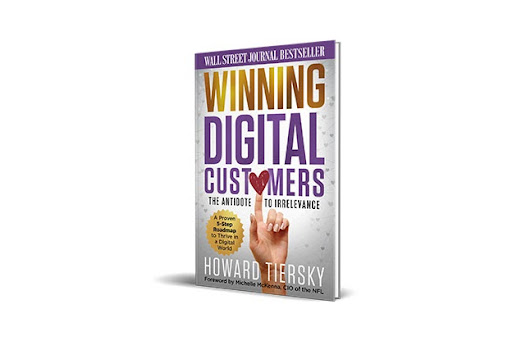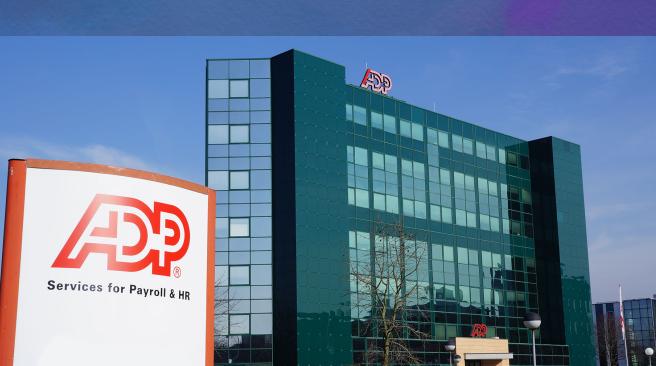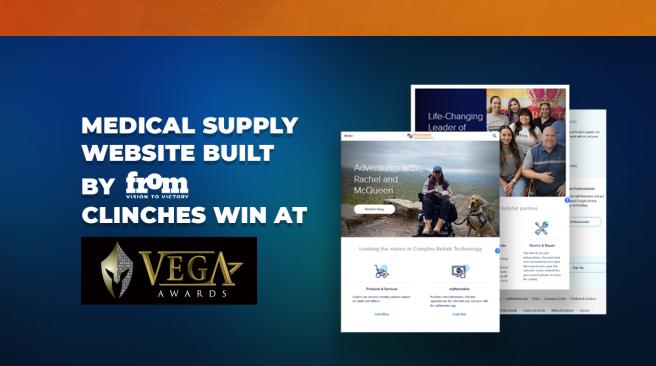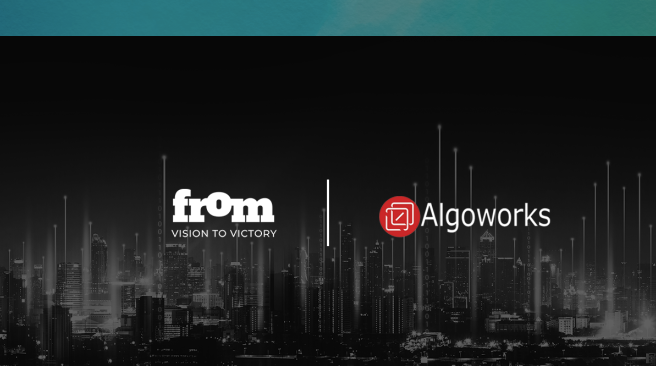Insights | By Howard Tiersky
Is Your Company Ready for the Next COVID-Level Disruption?
COVID was a surprise to almost every business, and some were more successful at quickly adapting than others. In theory, most companies have “business continuity plans” that are intended to make sure the company is prepared for emergency situations—so that if something unexpected should happen the company knows what to do to make sure that business can continue.
But many companies with business continuity plans found they weren’t that effective at helping them rapidly adapt when COVID hit because they hadn’t focused on preparing specifically for a pandemic and pandemics have different characteristics from the types of emergencies they had focused on preparing for, such as hurricanes, earthquakes, power outages or floods.
Of course, companies will now make sure sure they include pandemic preparedness as part of their emergency readiness programs. BUT, what about all the other types of disruptions that could occur? How can companies avoid being flat-footed next time when the nature of the disruption is unexpected?
We can’t predict everything that will happen in the future but we can learn from the COVID pandemic what makes companies more prepared to respond to the unexpected.
So what was different about the COVID crisis than the scenarios most companies planned for? These distinctions can give us some sense of how we need to expand our thinking around disaster preparedness, not just for pandemics but for a range of different types of possible scenarios.

1. SHORT VS. LONG TERM
Business continuity planning, by and large, anticipates relatively short-term crises, such as a hurricane causing power to be out for a few days or a week.
COVID, of course, has been a long-term and ongoing disruption. In future companies should ensure their business continuity plans contemplate longer disruptions.

2. LOCALIZED VS. SYSTEMIC
Business continuity planning often considers questions like, “What if there's civil unrest near one of our facilities and we can't get to our offices?” During the Rodney King riots, for example, all of downtown Los Angeles was closed and unavailable—it was a localized problem. While demonstrations occurred in several cities, most cities were unaffected.
Disaster planning responses often anticipate shifting work from one location to another when a localized emergency occurs.
In the very early days, COVID was localized: first to Asia, then Italy, then the Northeastern US. But COVID quickly became systemic—not confined to a particular city or area. When you have a systemic crisis, it's hard to just transfer work from one location to another. Another solution is needed. Business continuity plans in the future need to consider more systemic crises.
3. TECHNOLOGY AND FACILITY RELATED VS. PEOPLE
At many companies, IT is the primary owner of business continuity because the mindset is that a large portion of business continuity needs to consider how our technology will continue, such as iif the data center goes down.
Even in COVID, IT is very important especially since it enables the support of people who are working from home. But the main crisis of COVID was not that IT stopped working.
It’s not an IT issue if our manufacturing facility, for example, can't get the supplies that it needs because the roads are out due to a natural disaster.
Business continuity can also be a people-related issue. What happens if a large percentage of your workforce is ill? Or what if they are working from home but they're distracted because their kids are schooled from home and so they’re unable to fully participate in their job? Or over time, you have an extended, prolonged disaster situation like we're in now and you have mental health issues amongst your team? These types of business continuity issues had not been on the radar for many companies.
We need to be thinking about the human side because, in many cases, people are the most important part of our business continuity.

4. SCENARIOS VS. AGILITY
A lot of business continuity planning is scenario driven. Hurricanes, earthquakes, work stoppages—those are some common scenarios that we often plan for. But for most companies, a pandemic was something that wasn't on the planning list. It just hadn’t happened in so long that if you said to me a year ago that we're going to have a major pandemic that's going to shut down the whole country, I would have said, “Not in this day and age, not with our health care systems the way they are.”
Clearly now we know that they can happen. Going forward, pandemics will be part of the scenario planning process.
But knowing that we overlooked pandemics, is that really the problem or is the problem that we only plan for the types of scenarios that we think will happen? What if the next big disaster is not another pandemic or an earthquake or a hurricane but something else that we haven’t anticipated.
It’s valuable to do scenario planning, partly because the next major disaster may of course be one that we have modeled, in which case we have pre-created plans and possibly resources that we have prepared in advance to be ready should that scenario occur (such as emergency power generation, food supplies or backup data centers).
Scenario planning is also valuable because it trains the team members minds in how to analyze an emergency situation and develop a response plan, so at least they are more ready to rapidly develop new approaches to unanticipated emergencies in real time.
However when a solution is developed at the last minute to an unanticipated scenario, we are more limited in our options because we have so little time to build or order supplies or equipment that might be beneficial.
So it’s also good to prepare resources that can be utilized in flexible ways in a variety of potentially unanticipated situations.
For example, one of the tools that companies are starting to use to deal with the urgent needs are low code platforms, which get solutions out to customers, associates and employees that can be deployed quickly. These are self-contained platforms where people can build applications quickly without really needing to know how to code. These platforms are useful not just in an emergency of course but for rapidly changing in response to market needs as well.
When we're building the capability to respond more quickly to change, we get the benefit of having not just the technology in place, but also the people that know how to use it and the processes that are designed for rapid development.

You can learn about effective strategies for preparing your business for future disruptions when you read my Wall Street Journal bestselling book, Winning Digital Customers: The Antidote to Irrelevance. Access the first chapter for free by clicking this link https://WinningDigitalCustomers.com.











